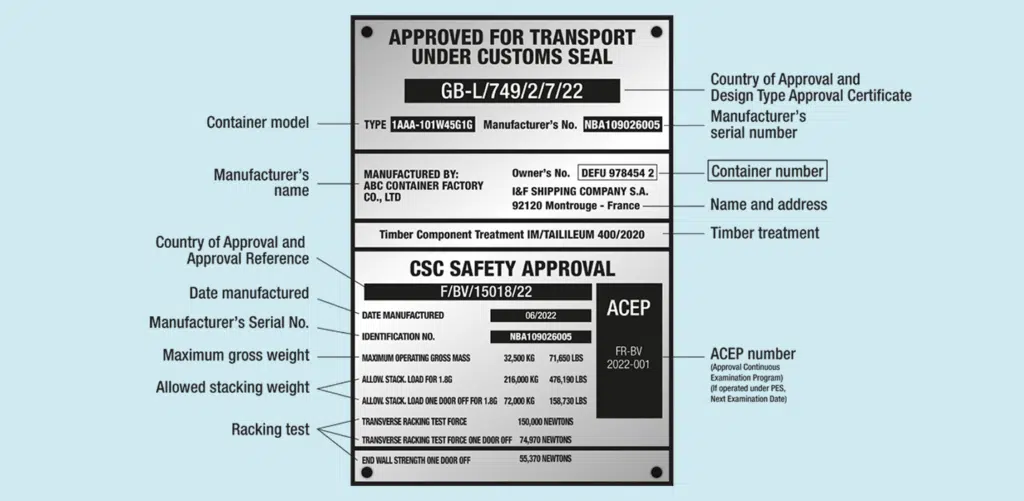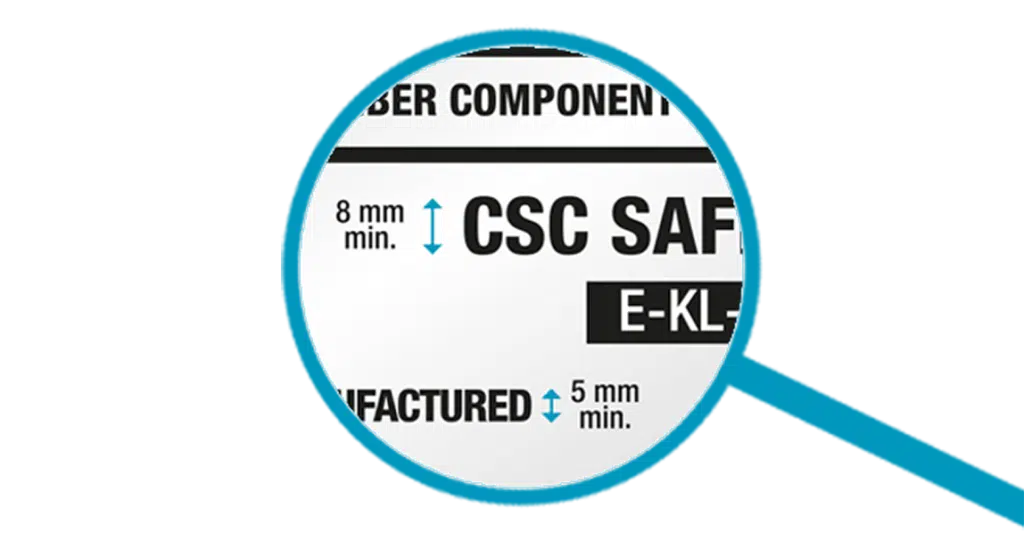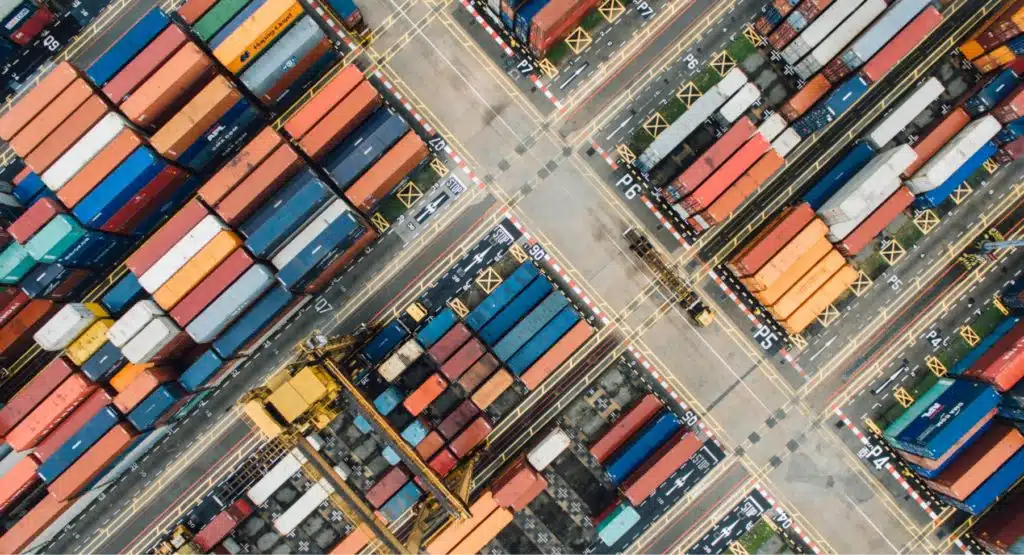CSC – THE CONTAINER SAFETY CONVENTION
In 1972, a Convention for container safety was adopted at a conference jointly convened by the United Nations and the International Maritime Organisation. This was the International Convention for Safe Containers (CSC) and it has two important goals:
- To maintain a high level of safety of human life in the transport and handling of containers.
- To facilitate the international transport of containers by providing uniform international safety regulations.
Countries that have adopted the CSC convention are known as Contracting Parties and their Governments are known as Administrations.
Administrations normally entrust testing, inspection and approval to authorized organizations, such as Classification Societies.
Approvals are accepted by all other Contracting Parties, which means that, once approved, containers are able to move in international transport with the minimum of safety control formalities.
WHAT IS THE CSC PLATE?
The convention requires that any container used for international transport must be fitted with a valid safety approval plate (CSC Plate).
The CSC plate is fastened to every shipping container at the time of manufacture and is typically riveted to the outside of the left door.
Each CSC plate must contain a certain level of information, in either English or French. The words “CSC SAFETY APPROVAL” are prominent on the plate, along with the country of approval and the approval reference.
The date of container manufacture, specifically the month and year, must be evident. As must the manufacturer’s container identification number or, in the case of an existing container without a manufacturer number, the Container Operator’s operational number (using a “BIC Code”) or the number allotted by the Administration. The container’s maximum weight-carrying capability (usually referred to as “Payload” or “max net mass”) in both kilograms and lbs must be inscribed, along with the stacking and racking test load value.
NOTE: The CSC Plate is today typically included as part of a Combined Data Plate, which includes the other plates necessary for containers to be used in international trade, namely:
- The Customs plate (referring to the Customs Convention for Containers (CCC) requirements) showing the certificate applicable to the container to allow transport under customs seal.
- The timber treatment applied to the wood flooring of the container as required by the Australian agriculture authorities
- Optionally, the Owner’s plate carrying the name of the container’s Operator and its operational number (using the “BIC Code”)


